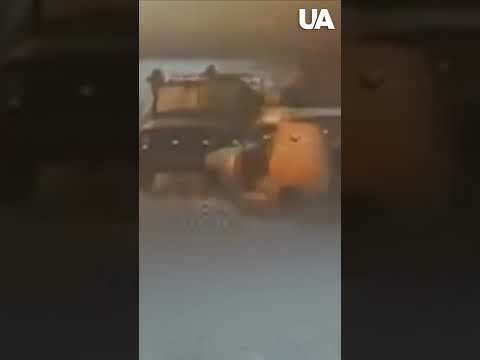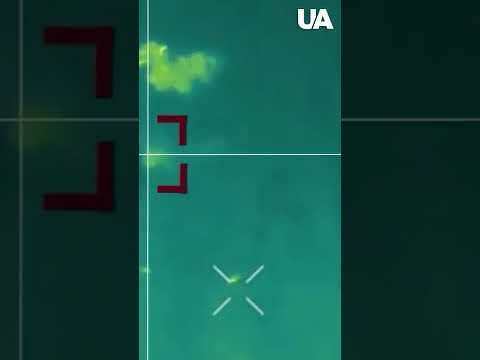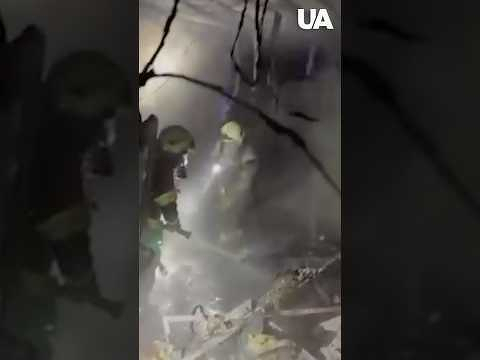Russian forces are using small-group tactics to infiltrate the village of Dronivka in the Siversk urban community of Bakhmut district, Donetsk region. They are also trying to bypass Ukrainian positions using the Siversk–Zakytne road, the 81st …
Reading

Spies, Lies, and Algorithms
Amy B. Zegart
Ukraine
Russia
Ukrainian forces foil Russian attempts to cross the Siverskyi Donets river near Dronivka
Ukraine
Australia pledges air defense support to Ukraine after Zelensky-Albanese call
Australia has pledged to help bolster Ukraine’s air defenses, Ukrainian President Volodymyr Zelensky said after a phone call with Australian Prime Minister Anthony Albanese.
“The Prime Minister promised to help, and I am very grateful for that. Air …
Ukraine
Russia
Photos
US plans interception of Russian-flagged tanker linked to Venezuelan oil trade, CBS News reports
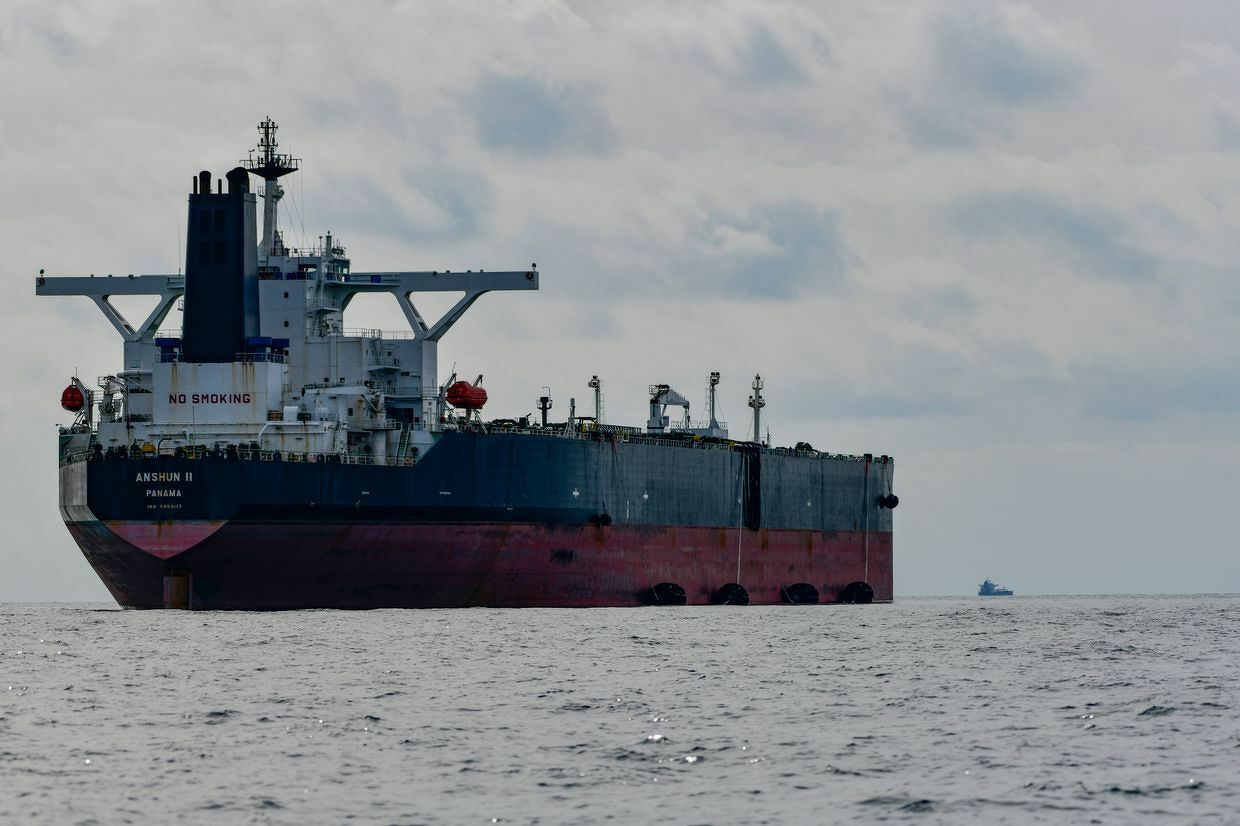
Russia
Photos
USA
Trump doesn't believe Kremlin's fantasies, Putin loses record number of doldiers
Ukraine
Russia
Photos
Zelensky says Russia lost 90,000 troops over 3 months as Fedorov readies Defense Ministry overhaul
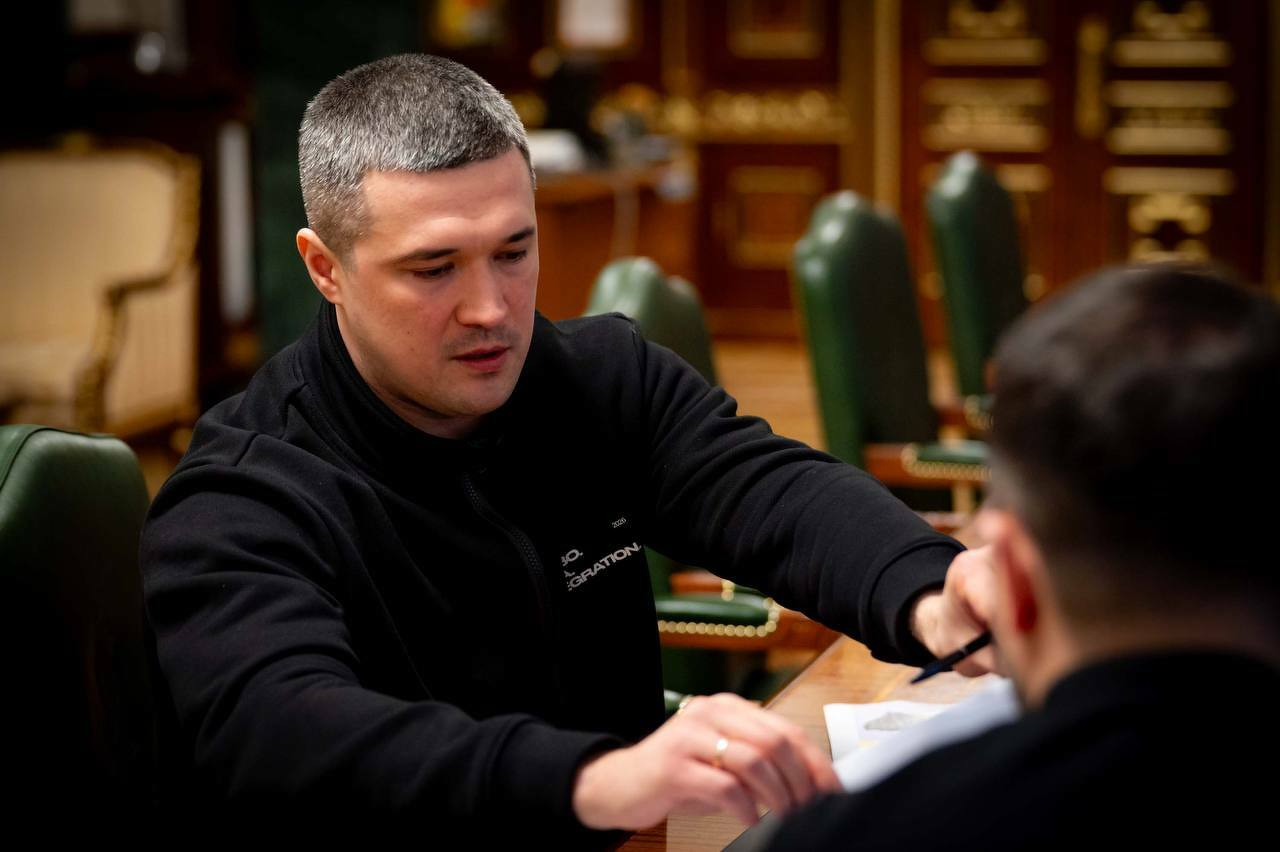
Ukraine
Russia
Photos
❗️Russia prolongs war and maximizes Ukraine damage – strategy unchanged, — Zelenskyy #shorts
Russia
Photos
Slavoj Zizek: Welcome to the age of corridors
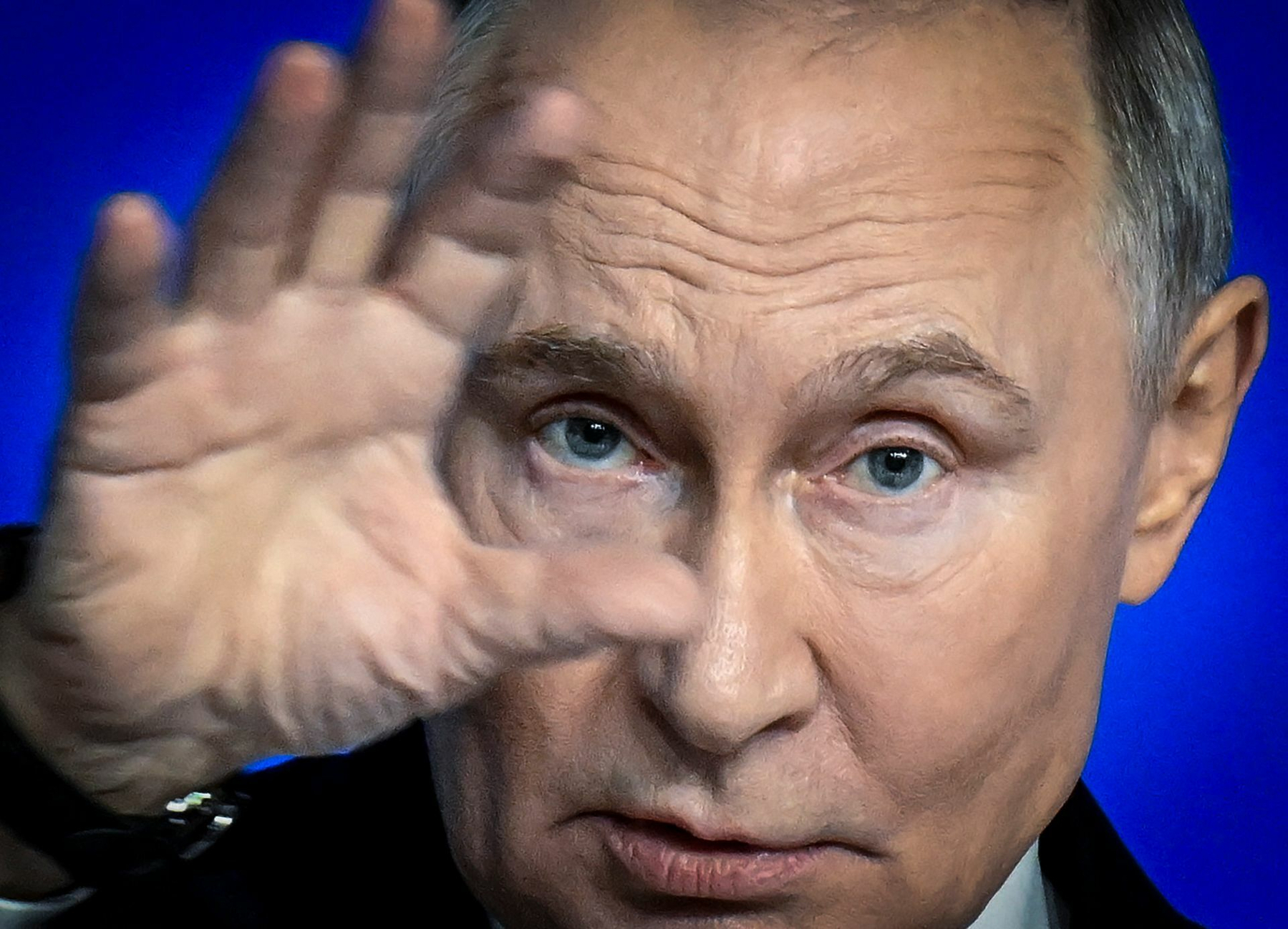
When criminals are apprehended, their first statement is usually: "But I did nothing wrong, I am an honest man!"
The latest example of such a procedure — which, of course, stands for ideology at its purest — occurred in mid-December 2025 when Russia …
Ukraine
Russia
Photos
Year starts with FIRES: Ukrainian drones devastate Russia's rear, FSB pays for fake
Ukraine
Photos
Witkoff, Kushner to join Paris summit on Ukraine security guarantees, source says
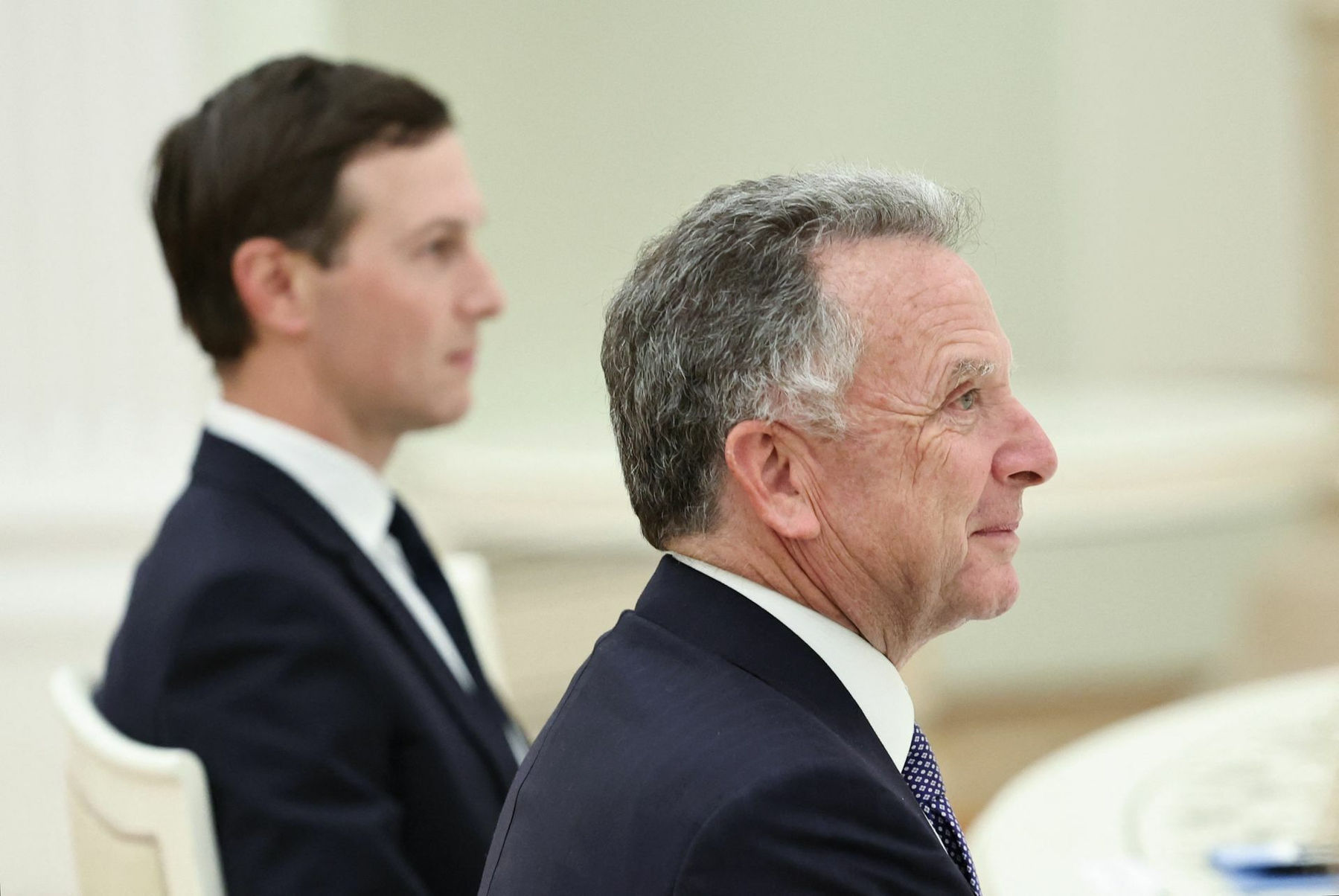
Russia
Photos
DIRECT HIT ON HOSPITAL! 🏥 Russia launches 165 drones & ballistics: dead in Kyiv!
Ukraine
Russia
USA
India orders weekly reporting of Russian and U.S. crude purchases amid sanctions pressure
Amid sanctions pressure and talks with Washington, India is tightening oversight of Russian oil imports, introducing an unprecedented reporting requirement for refiners. Reuters, citing sources, reported that Prime Minister Narendra Modi’s government …
Russia
Photos
USA
US may raise tariffs on India 'very quickly' if it keeps buying Russian oil, Trump says

Ukraine
Russia
31 scientists are behind bars in Russia, seven detained in 2025
At least seven Russian scientists lost their freedom in 2025 — either arrested during investigations or taken into custody after sentencing. According to T-Invariant, at least 31 scientists are currently in detention in Russia on criminal charges. In …
Ukraine
Russia
Photos
Russian attempt to storm Kupiansk using gas pipeline 'thwarted,' 40 soldiers 'eliminated,' Ukraine's 7th Corps says

Ukraine
Russia
Photos
Ukraine war latest live: Russian troops attempting to expand combat zone in Sumy, Kharkiv oblasts, Border Guard Service says
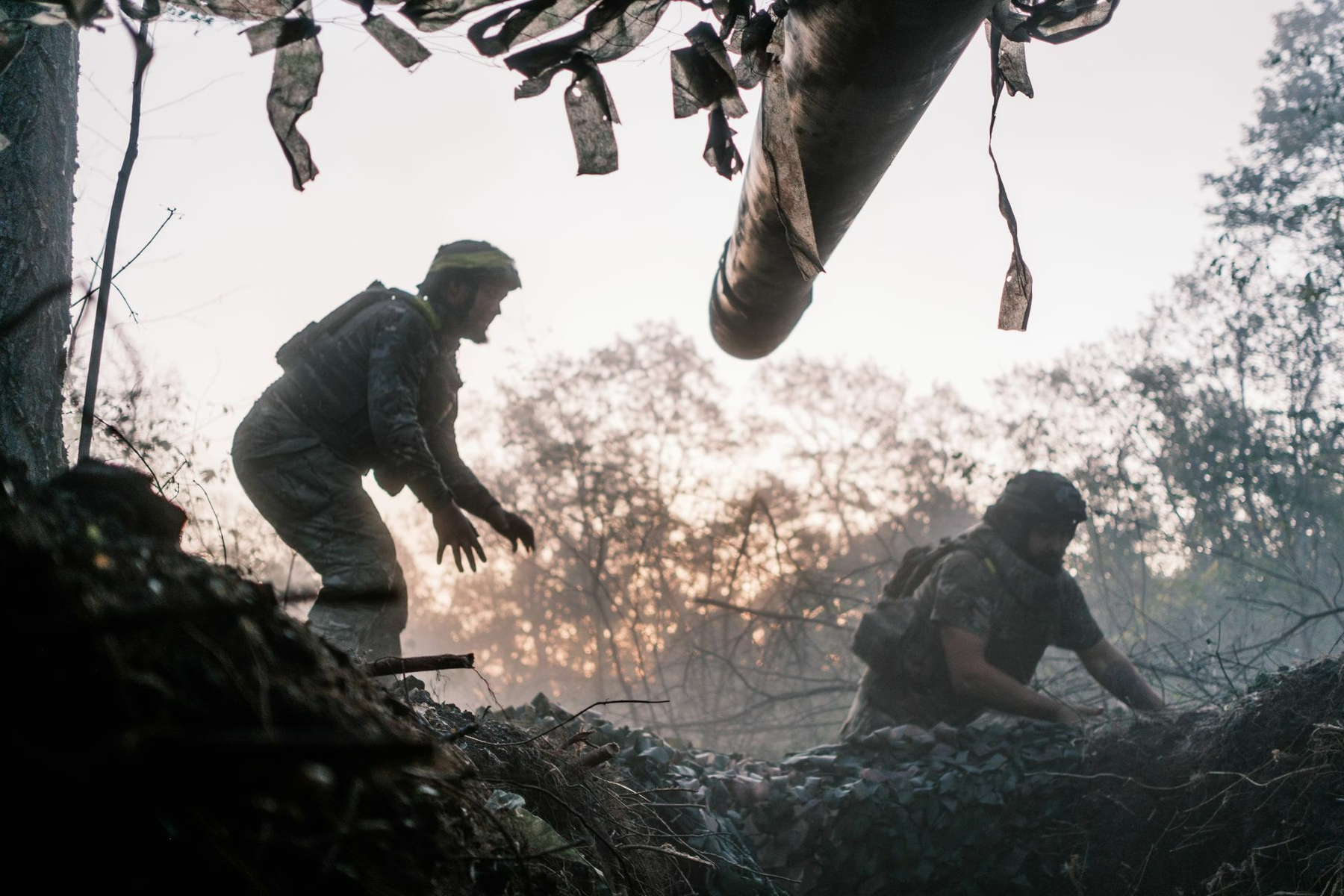
Ukraine
Head of SBU Resigns Amid Pressure from Zelenskyy
Vasyl Malyuk, head of Ukraine’s Security Service (SBU), has submitted his resignation at President Volodymyr Zelensky’s request, according to an announcement by parliamentarian Oleksiy Honcharenko on Telegram. The resignation caps…
Ukraine
Photos
Zelensky appoints former Canadian deputy PM as economic advisor

Ukraine
Russia
Photos
BREAKING: Ukraine's Security Service chief resigns under Zelensky pressure, to focus on operations against Russia
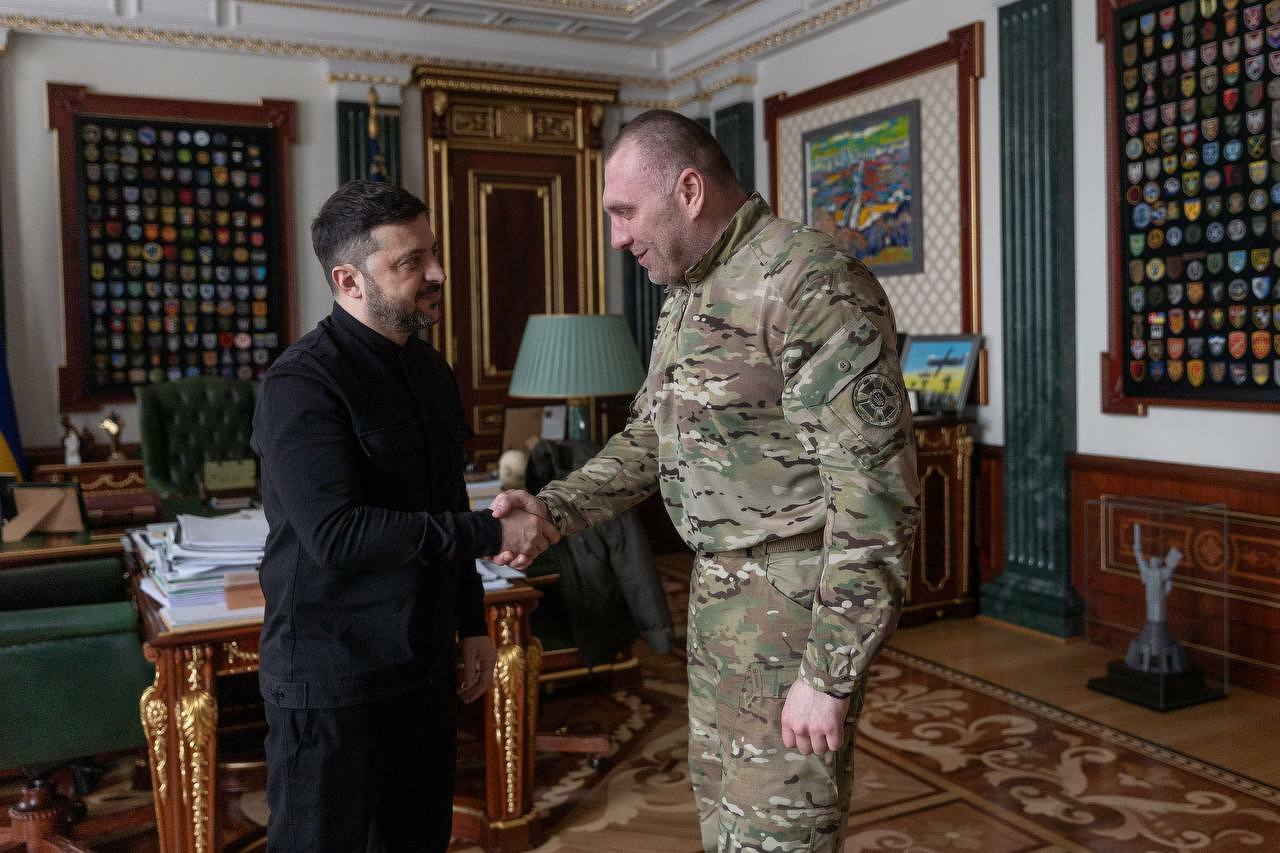
Russia
Photos
Russians “DEFEATED” a hospital! Consequences of the horrific shelling of Kyiv #shorts
Russia
Photos
Batrbeg Ostaev


Position Unknown - Major
Unit: 4th Guards Military Base, 58th Guards Combined Arms Army, Southern Military District, Russian Ministry of Defense (MOD)
Cargo ID: #2002
English Name: Batrbeg Ilasovich Ostaev
Russian Name: Остаева Батрбега Иласовича
Date of …
